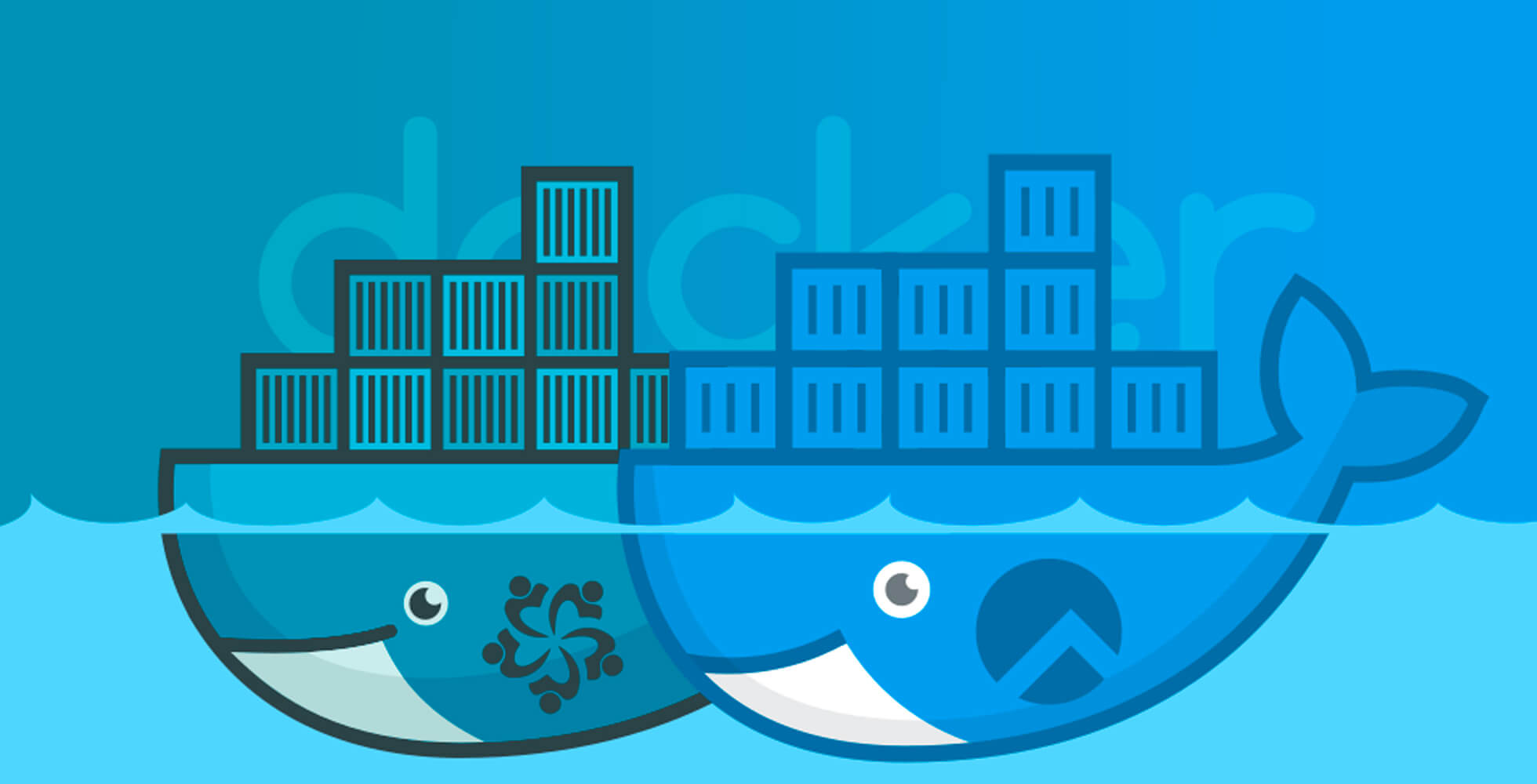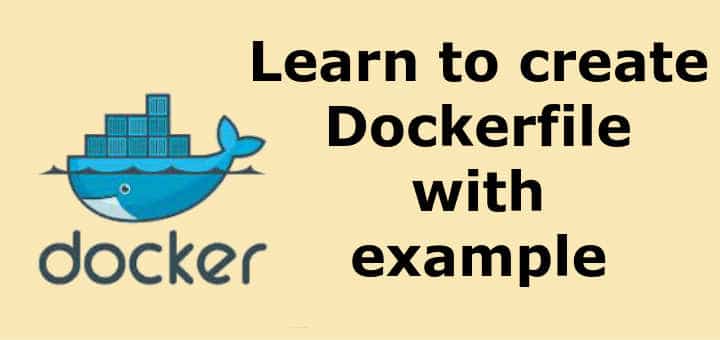Understanding Dockerfile: Definition and Key Concepts
A Dockerfile is a script containing instructions to build a Docker image, which is a lightweight, standalone, and executable package of software. Docker images, based on Dockerfiles, enable developers to package applications and their dependencies into a single deployable unit. This portability simplifies the configuration and management of complex applications across different environments. Docker image management is crucial for ensuring optimal system performance, reducing storage costs, and maintaining a secure and efficient development workflow. The “dockerfile delete” process is an essential aspect of Docker image management, as it allows developers to remove unnecessary or outdated images. By effectively managing Docker images, developers can streamline their workflow, minimize potential issues, and focus on creating innovative applications.
Identifying Dangling and Unused Docker Images
Dangling and unused Docker images can consume significant storage space and negatively impact system performance. Dangling images are those not tagged or associated with a Dockerfile, while unused images are not referenced by any container. To identify dangling Docker images, run the following command:
docker images -f "dangling=true"
This command will display a list of all dangling images, allowing you to review and consider removing them.
To identify unused images, you can use the following command:
docker image ls -f "dangling=false" -f "label!=org.label-schema.schema-version" | awk '{ print $3 }' | xargs docker history --no-trunc | sort | uniq -c | awk '{ if ($1 > 1) print $0 }'
This command combines several utilities to list images with more than one layer that are not associated with any container.
Regularly monitoring and removing dangling and unused Docker images is essential for maintaining system performance and reducing storage costs.
Manual Deletion of Docker Images
Manual deletion of Docker images is a straightforward process using the docker rmi command. This command allows you to remove one or multiple images by specifying their IDs or tags. To remove a single image, use: docker rmi image_name:tag
To remove multiple images, separate their names with spaces:
docker rmi image1:tag image2:tag
However, manual deletion has limitations, as it may lead to dependency issues between images. For instance, removing a parent image may break child images that depend on it. To avoid such problems, you should:
Identify and remove dangling images first, as they have no dependencies.
Review the dependencies between images before removing them.
By manually removing unnecessary Docker images, you can reduce storage usage and improve system performance. However, it is essential to consider dependencies and carefully plan the deletion process.
Automating Docker Image Cleanup: The docker image prune Command
The docker image prune command is a valuable tool for automating the removal of unused Docker images. It targets images that are not associated with any container, including dangling images. To use this command, simply run: docker image prune
This command will prompt you to confirm the deletion of all unused images. To automatically confirm deletion, use the -f or --force flag:
docker image prune -f
Although the docker image prune command simplifies the cleanup process, it has limitations. For instance, it does not remove images associated with stopped containers. Additionally, it may inadvertently delete images if they are not properly tagged.
To address these limitations, consider combining the docker image prune command with other cleanup utilities, such as:
docker container prune
docker volume prune
docker network prune
By automating Docker image cleanup with the docker image prune command, you can maintain system performance and reduce storage usage without manual intervention.
Integrating Docker Image Cleanup into Your Workflow
To maintain system performance and reduce storage usage, it’s crucial to incorporate Docker image cleanup into your development workflow. Here are some suggestions for integrating this process seamlessly:
Use Scripts
Create custom scripts to automate Docker image cleanup. For example, you can write a bash script that runs the docker image prune command periodically. Add the script to your system’s cron jobs or use a task scheduler to run it automatically.
Integrate with CI/CD Pipelines
Include Docker image cleanup as a step in your continuous integration and continuous deployment (CI/CD) pipelines. This ensures that unused images are removed regularly during the development process.
Leverage Third-Party Tools
Explore third-party tools that can help manage Docker images and automate cleanup. These tools often provide additional features, such as monitoring, visualization, and alerting, which can enhance your Docker image management experience.
Regular cleanup is essential for optimizing your Docker experience. By integrating Docker image cleanup into your workflow, you can maintain system performance, reduce storage costs, and ensure a smooth development process.
Alternative Solutions for Managing Docker Images
While manual and automated deletion methods are effective for removing unnecessary Docker images, alternative solutions can further streamline your Docker image management process. Here, we discuss using Docker Hub, Docker Registry, and third-party tools for managing Docker images.
Docker Hub
Docker Hub is a cloud-based registry service that allows you to link to code repositories, build your images, and test them, providing a seamless integration with your GitHub or Bitbucket account. Docker Hub offers automated builds, image sharing, and team collaboration features. However, Docker Hub has limitations, such as storage and build limits for free accounts. Additionally, image deletion is manual, and there is no automated cleanup feature.
Docker Registry
Docker Registry is an open-source registry that you can host on your own infrastructure. It provides image storage and distribution for your Docker applications. Docker Registry offers better control over your images and data, but it requires more resources and maintenance than cloud-based solutions. Docker Registry does not have built-in image cleanup functionality, so you will need to manage image deletion manually or integrate it with your existing automation scripts.
Third-Party Tools
Various third-party tools can help manage Docker images, automate cleanup, and provide additional features such as monitoring, visualization, and alerting. Examples include DockStation, Rancher, and Portainer. These tools often have more advanced features than manual and automated deletion methods, but they may come with additional costs and require more setup and maintenance.
Exploring alternative solutions for managing Docker images can help you find the best fit for your needs. By understanding the benefits and limitations of each option, you can optimize your Docker image management process and improve your overall Docker experience.
Best Practices for Docker Image Management
Effective Docker image management is essential for maintaining system performance and optimizing the Docker experience. Adopting best practices can help you manage Docker images more efficiently. Here are some recommendations:
Regular Cleanup
Schedule regular cleanup tasks to remove unused and dangling images. Automating this process ensures that your system stays clean and performs optimally.
Monitoring
Monitor your Docker images and system performance to identify potential issues early. Use tools such as cAdvisor, Prometheus, or Datadog to gather performance metrics and visualize your Docker environment.
Multi-Stage Builds
Leverage multi-stage builds to reduce the number of intermediate images and minimize the attack surface. This feature allows you to use multiple FROM statements in your Dockerfile, keeping your final image small and secure.
Limit Base Images
Use minimal base images to reduce the size and attack surface of your Docker images. Alpine Linux and similar lightweight distributions are popular choices for building small, secure Docker images.
Label Images
Label your images with metadata, such as version numbers, environment information, or maintainers. Labels make it easier to manage and organize your Docker images, and they can be used to filter and select images during cleanup.
By following these best practices, you can optimize your Docker image management experience, maintain system performance, and ensure a smooth development process.
Further Reading and Resources
To learn more about Docker image management and related topics, explore the following resources:
Official Docker Documentation
The official Docker documentation is an invaluable resource for understanding Docker concepts and features. It covers various topics, from getting started with Docker to advanced techniques for managing Docker images and containers.
Docker Documentation
Dockerfile Best Practices
This guide provides best practices for writing efficient and secure Dockerfiles, helping you build better Docker images.
Dockerfile Best Practices
Docker Security Best Practices
This article discusses security best practices for Docker, covering topics such as image scanning, user namespaces, and content trust.
Docker Security Best Practices
Docker Image Management Tools
This curated list of tools for managing Docker images includes both official and third-party solutions, each with its unique features and benefits.
Docker Image Management Tools
Docker Anti-Patterns
This article highlights common Docker anti-patterns and provides recommendations for avoiding them, ensuring a smooth Docker experience.
Docker Anti-Patterns
By exploring these resources, you can deepen your understanding of Docker image management and related topics, enabling you to make the most of your Docker experience.






